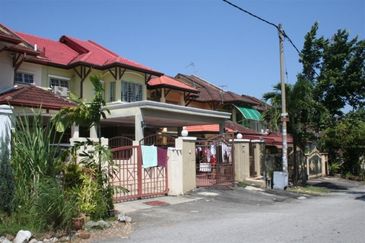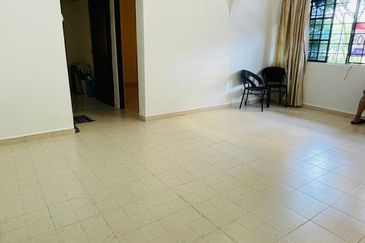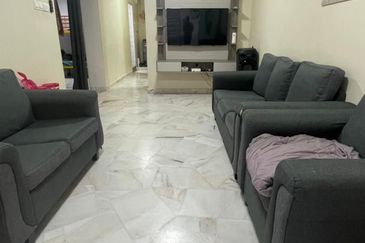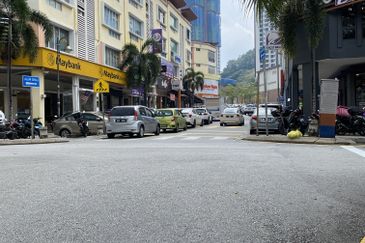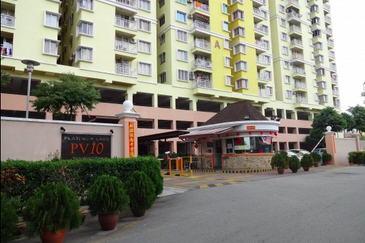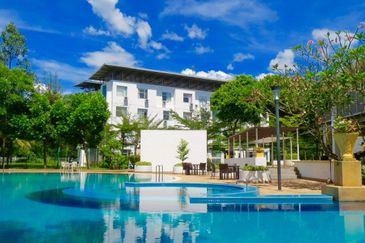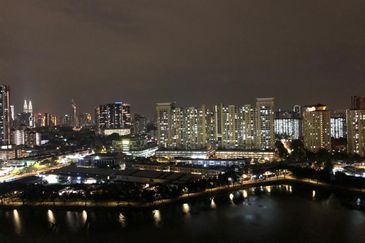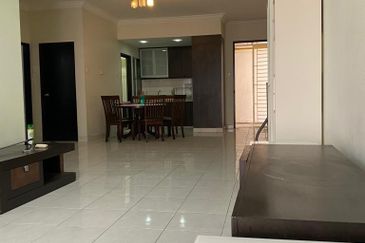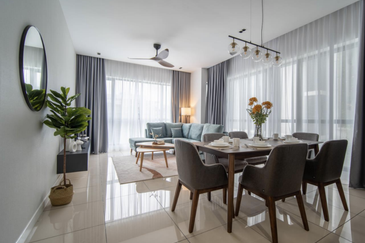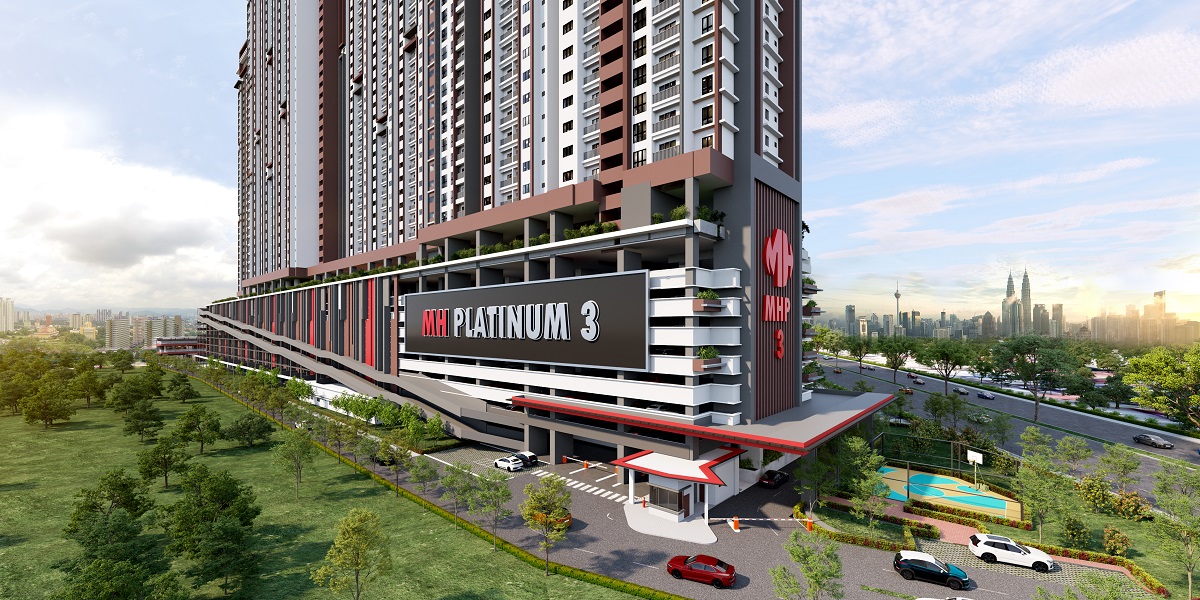
THE Transition Town movement came about because many people from all over the world were getting worried about issues such as peak oil (fossil fuel production reaching its peak and then dwindling to nothing) and climate change. Everybody was predicting doom and no one was proffering solutions or a positive vision of the future.
Enter Rob Hopkins, a permaculture designer from the UK. He came up with the idea of building resilience in local communities by transitioning out of high fossil fuel dependence into a more sustainable way of living. Part of this would involve creating resilient local economies that are no longer dependent on imported food and necessities to survive.
By building local resilience, people will be able to collectively respond to whatever the future may bring in a calm and creative way, he says. “By remembering how to live within our local means, we can rediscover the spirit of community and a feeling of power, belonging and sharing in a world that is just, vibrant and truly sustainable.”
That is why a few individuals in Taman Tun Dr Ismail, Kuala Lumpur, who share the same values and recognise the urgency of the mission, came together to create Transition TTDI, which will effectively be the first transition town in Malaysia.
As Firdaus Nisha Muhammad Faizal points out, TTDI was a natural choice to kick off transition as most of the residents are owners or long-term renters. They have a strong sense of place as well as a developed sense of community.
The residents’ association (RA) in TTDI is particularly active. “It is like the cornerstone of TTDI. Many RAs spend a lot of time talking about security and things like interventions with the police, but in TTDI, even though security is still a big part of what it does, it is much larger than that. It looks at spaces, health, the regulation of traffic … even speed bumps. If the speed bumps are too high and people are crashing their cars on it, the RA will write to DBKL [Kuala Lumpur City Council] about it and insist that something be done about it,” says Nisha.
How did Transition TTDI come about? Diana Kubilos, a member of the RA who specialises in non-violent communication, mooted the idea. She had studied permaculture — the design of an ecologically sound way of living — and was interested in trying out the concept of transition in TTDI.
Zhao Pin Khoo was at the initial meeting and he too was riveted by the concept. “The idea of transition is a community collective. After watching the video [Transition 1.0, which is available on YouTube], I realised that this was something completely different. I had never heard of anything like this before.”
Zhao, who had grown up in TTDI, realised that he would like to be more involved with the community and help make a difference. “Who knows? Maybe I would meet other people who share the same concerns and we could do something about it.”
Six residents attended the first Transition TTDI meeting, but 19 showed up for the second one. “We realised that all of us had common complaints and everyone wanted to see change,” says Zhao.
This took place against a backdrop of some political turmoil in the country. “Everyone had this feeling that things were not right and wanted to see something better. Instead of waiting and complaining, we could step out of our comfort zones and do something about it. That is the spirit of transition, after all,” he says.
Things did not take off straightaway. As Zhao points out, transition can be a slow process. “There have been periods of stagnation and so far, we are still focused on educating people about transition. That is our core purpose. Transition is not about us — the steering committee — but the whole community, so most of our efforts are now focused on building the collective. We need to get critical mass.”
Nisha says, “We strongly believe that no one person can solve all the problems or any problem for that matter. It has to be everyone pitching in and sharing the weight. And as we spread the ideas, you get to see new perspectives, new ideas and get to explore opportunities because there may be certain things that were done in a certain way in the past. But now, because we know what we know, we can do it differently.”
She points out that in the steering committee itself, there are so many different perspectives. “Zhao is into alternative energy, Diana comes from compassionate conversation and we [she and Loo Lymun, the founders of Ecocentric Transitions] are very focused on sustainability and education. There are other people who contribute their points of view and help us see things differently.
“For instance, there is a retired woman who uses a walking stick. She comes to meetings and gives us so many perspectives on mobility. There are some things that only an older person can tell us, like how even a slight incline makes it difficult for someone with a walking stick. If we did not have her on the team, we would be neglecting a lot of input that we would think we have covered.
“So, the dynamics of the group makes that difference and everybody has their vested interest for success. We know that if I do a little bit, Zhao does a little bit, Diana does a little bit, it will get done compared to if I just champion it all by myself.”
Kubilos says the turning point came at the second meeting when Nisha and Loo got on board. The two, who were engineers by training, started Ecocentric Transitions because they wanted to raise environmental empathy among urban Malaysians. They give workshops that focus on four interconnected areas — sustainable living skills, environmental education, water and resources, and food resilience.
“I just want to acknowledge these guys were really the key. There were a few passionate people really trying to get things going, but these guys had a wealth of knowledge and were already out there doing a lot of these on-the-ground projects. That made it so much more possible to get that core going,” says Kubilos.
Most of the projects in the transition initiative are environment-related, but what originally attracted her to the concept was the thinking on building community resilience. “The two go hand-in-hand. It is internal work, right? It is getting people to look at their ideas, their attitudes … it is about being more connected with each other, with nature. It is reskilling,” she points out.
“We talked about workshops on rainwater harvesting. I mean those are very basic things, but they are skills that most of us have lost. When we reassessed [Transition TTDI] last year, we realised that although most of our focus was on projects, we had to get the education piece, the mindset, right.”
Zhao agrees. “It is the transformation mindset. Ultimately, you can have whatever projects, but our core goal is that we change people’s mindsets.”
How do they get the message of transition out to the rest of the community? “Every month, there are things like community picnics, where people get together and start conversations about what is important to them,” says Nisha.
The group wants residents to identify with the issues and then from there, come for the education forums to drill down and understand the issues more deeply. “The big thing about transition is that while it is great to observe what somebody else is doing, it is more important to develop something that is resilient locally,” she says.
For instance, anyone watching the Transition videos — Transition 1.0 and Transition 2.0 — would realise that celebrations are a major part of community building in the UK. “But how would a celebration look like here? We tried it with Earth Day. And now we are trying it with the picnics,” says Nisha.
They have learnt that mass invitations on Facebook do not get people to show up. It still takes a personal touch. “When I invite Zhao, he will show up. And if he in turn invites Diana, she will show up. It is physical rather than online networking. And I think this is just amazing,” she says.
So, the recruitment strategy is to have picnics that can feed into the forums and hopefully, expand the collective. “We are a community of practice and we are introducing what we are practising to people who have heard very little about it and want to find out more and grow the knowledge within our space. As we do that, we gain more members in our community of practice. And I think that is the direction,” says Nisha.
Transition is not a one-off thing. It is about incorporating more sustainable aspects into your lifestyle. To begin with, one could implement low-cost or even no-cost solutions such as switching to energy-efficient lightbulbs, composting food waste, eliminating plastic, using reusable grocery bags and taking the bus whenever possible.
As Nisha points out, “It is everything from how you grow and eat your food, where your water comes from, what kind of water leaves your house, using rain rather than tap water to wash your car and setting your own standards for how much you can do.”
Transition TTDI is supported by a steering committee of residents, each with his or her own area of interest, such as walkability and connectivity in TTDI, alternative energy, community spaces, edible gardens, urban waste (residential and commercial) and community education on sustainability.
Kubilos says Transition TTDI is finalising its guiding principles, after which it will get community input. “There are seven elements, one of which is governance. We are looking at different options. One of them is sociocracy, which is consent-based rather than consensus.”
Consensus is in some ways considered the ideal of democracy because everybody gets to develop the decision. But sometimes, she points out, this takes too long. “So, consent is considered the next step below that where everybody gives an opinion, every voice is heard and there are no paramount objections.”
The other major piece is communication. “What processes can we build into our groups, starting with our steering committee, on conflict resolution and things like that? That is so important because it is basically prevention, right? It is processes that humanise and help bring out the best in people. They also prevent conflict in that you have systems for direct feedback,” says Kubilos.
This goes back to Hopkins’ original vision of community resilience being just as important as environmental projects. “What is one of our biggest risks? It is not just environmental destruction; it is humans destroying each other,” she points out.
Kubilos feels that in such initiatives, the people part is always the least explored. “So, the community will look at our guiding principles and give their input and hopefully by the end of the year, we will have something that really reflects people working together.
“It is a matter of learning. I work in non-violent communication and one of the places it is most used is prison. Anyone can learn these things. It is all about priorities.”
Zhao says, “It is both learning and unlearning. We have to unlearn the fact that we are all individuals on our own. We have to start seeing ourselves as part of a collective again. I do not know how long it will take and that is why we call it being in transition. But at least we know where we want to go.”
And where does TTDI want to go? “One day, we will generate our own energy, we will be able to go off-grid, we will produce our own food and our own water,” he says.
This article first appeared in the Special Report Making Malaysia Better, of The Edge Malaysia Weekly, on Aug 29, 2016. Subscribe here for your personal copy.
TOP PICKS BY EDGEPROP
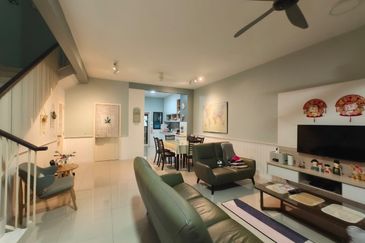
Persiaran Setia Permai
Setia Alam/Alam Nusantara, Selangor

Mayfair Residences @ Pavilion Embassy
Keramat, Kuala Lumpur

Semenyih Lake Country Club
Semenyih, Selangor

